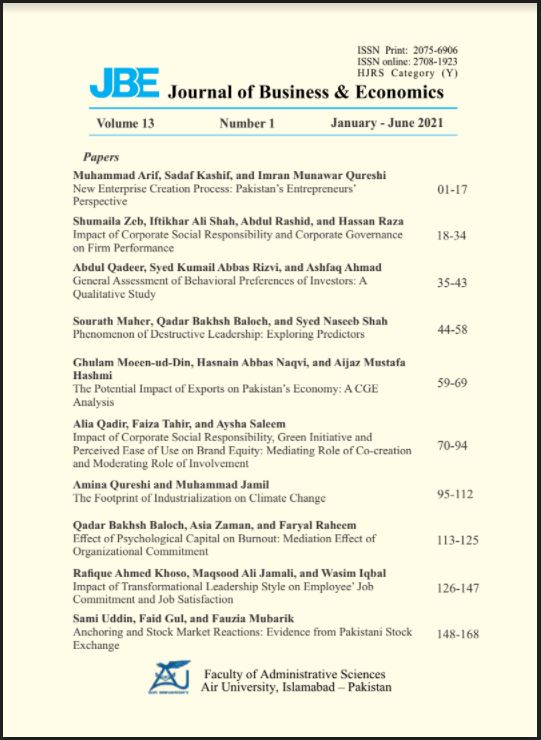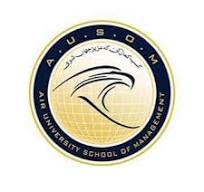Investigating the Impact of Safe, Healthy, and Quality Environment Practices in Textile Industry of Pakistan: A Commitment Towards Sustainable Development
DOI:
https://doi.org/10.62500/jbe.v14i1.537Keywords:
Quality of work-life (QWL), healthy and conducive work environment (HCW), sustainable development goals (SDGs), firm performance, structured equation modeling (SEM)Abstract
This paper aims at analyzing the impact of the quality of work-life (QWL) regime comprising the standard operating practices related to workers’ health, safety, and better environment on
the performance of textile firms in Pakistan. Data for the study were collected through a response
mechanism by distributing structured questionnaires among five hundred and four (504) workers
in the textile manufacturing firms at various industrial zones in five major cities of Karachi, Islamabad, Multan, Lahore, and Faisalabad. The analysis was conducted through Partial Least Squares
(PLS) based on Structural Equation Modeling (SEM). Results of the study reveal that a healthy and
conducive work environment (HCW) invariably improves employees’ performance. These include
health practices and more rest hours during work and flexible working hours so the workers can
work efficiently according to their abilities. Likewise, providing a smoke-free work environment
tends to help workers to perform well at the workplace.







